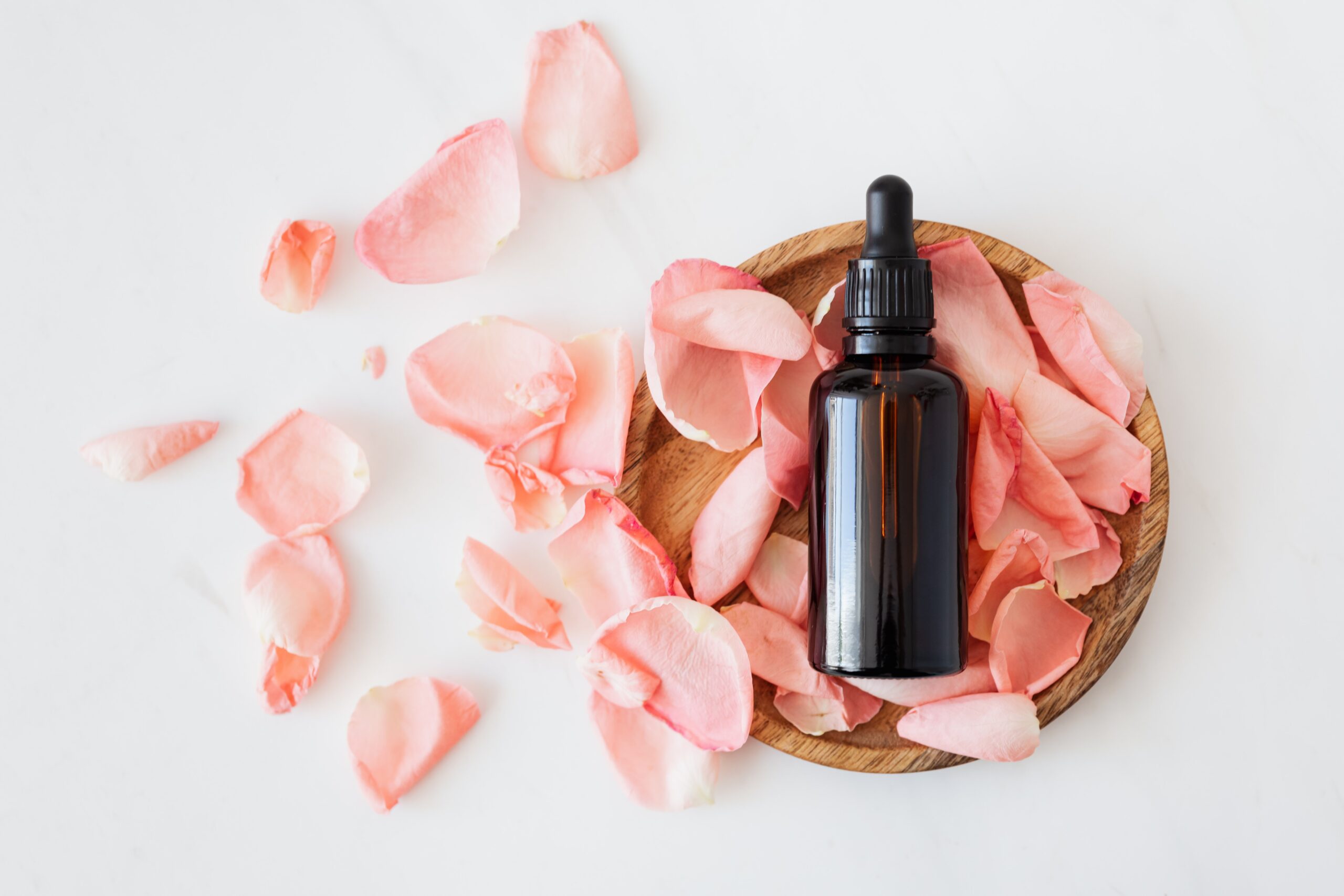Could Gene Editing be the Next Frontier in Skincare?
Share

Imagine if you didn’t have to rely on your skin care regimen for great looking skin. What if you were able to completely transform your skin for the long term? Though it sounds like something out of a sci-fi movie, the advances in genetics have come a long way to call it a farce! Soon, this may become a reality.
So, What is a Gene?
A gene is the basic unit of heredity present in every living cell of the body. According to the Human Genome Project, humans have between 20,000 – 25,000 of them, varying in size from a few hundred DNA bases to more than 2 million bases! Genes are made up of DNA (deoxyribonucleic acid) and they are responsible for making proteins that serve as instructional molecules, regulating various cellular activities in the body. Others are in charge of creating the molecules that aid in building proteins. When it comes to skin cells, perhaps due to heredity, chronological aging or exposomal exposure, certain genes become non-functional or less functional, resulting in the disruption of regular skin function.
What is Gene Editing or Gene Transfer?
Simply speaking, gene editing is like replacing a bad bulb in a string of holiday lights. It removes a specific, faulty part of the gene (base pairs) and replaces it with one that is correct. For example, filaggrin, a necessary protein that maintains the skin’s protective barrier, often decreases with age. This decrease in filaggrin is due to the decrease in transcription of the gene that controls its expression. When filaggrin is lacking, dry, flaky skin results. Gene transfer, then, can make it possible for someone with a filaggrin deficiency to replace the DNA sequence controlling filaggrin expression with a DNA sequence that functions like that of youthful skin.
Is it Really that Simple?
According to skin expert Dr. Paolo Giacomoni, use of gene transfer for skin is a great idea in theory, but in practice it could lead to a number of adverse outcomes. While it’s true that gene transfer has shown promising results in cell-based laboratory experiments, the highly-controlled, strictly supervised conditions of these laboratory experiments are unlike the cells of our skin.
With our current technology, using gene transfer for our skin would be like “…randomly inserting a printed page in a bundle of pages with a misprinted one and hope that with this insertion, the book will be corrected,” says Dr. Giacomoni.
The epidermis, the outer layer of the skin where the genes will be inserted, has millions of keratinocytes (skin cells) per square centimeter. In addition to these keratinocytes, the epidermis also has millions of microorganisms living on it, making it a more complex endeavour.
When being transferred, the desired genes could randomly enter one of the millions of skin cells or the microorganisms on the epidermis, leading to wildly unpredictable and potentially dangerous results. As Dr. Giacomoni describes, “What would be the point of having a few keratinocytes, if any, with the correct gene, while all the others remain unchanged? What is the risk of having the correct gene inserted in the wrong spot, for example, in the middle of a gene that controls the rate of growth and producing a cell that grows out of control?”
Mutations are a very real possibility, which seems like too large of a risk for a procedure like filaggrin replacement therapy. Possibly in the future gene transfer could be THE skincare trend, but for now much more scientific research is needed to ensure consumer safety.
References:
1. Gene transfer research – Hopkins medicine [Link]
2. Gene transfer in cosmetics – Happi magazine [Link]
3. Straubinger R.M., Papahadjopoulos D. (1982) Liposome-Mediated DNA Transfer. In: Shay J.W. (eds) Techniques in Somatic Cell Genetics. Springer, Boston, MA. [Article link]
4. Doudna, J.A. and Charpentier, E. (2014) Genome editing: The New Frontier of Genome Engineering with CRISPR-Cas9. Science, 346: (6213):1258096. [Pubmed]
Editor’s note: This content was excerpted from a longer article, “Gene Transfer in Cosmetics” in HAPPI magazine. Dr. Giacomoni has approved the use of his citations for this article. Click the link to access the full article.
If you enjoyed our content, please share, comment, like and follow us on your favorite platforms!
.
.


